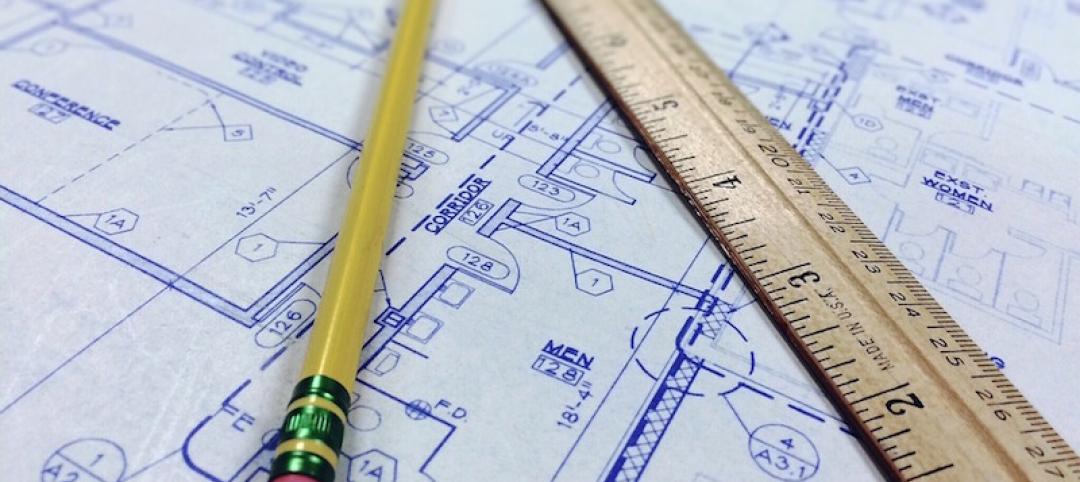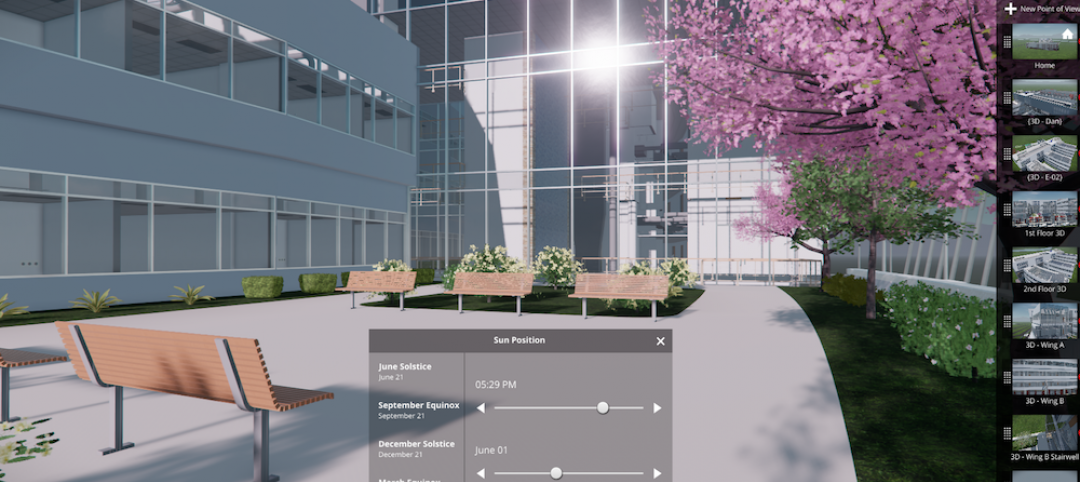If AI-driven machines can defeat the world’s greatest chess players and, even more improbable, the globe’s premier Go strategist, what chance does a college dropout have against machine learning technology? Slim to none, predicts one university research director.
Sudha Ram, a Professor of Management Information Systems and Director of the Center for Business Intelligence and Analytics with the University of Arizona, is leading a research project at UA that aims to prevent college dropouts from dropping out in the first place.
Ram’s efforts are nothing new for U.S. colleges and universities. Many schools use predictive analytics to help reduce freshman attrition rates. UA, for example, already tracks some 800 data points toward this effort. What makes Ram’s research unique are the types of data being collected and how those metrics are analyzed to more effectively identify at risk students.
The first several months of freshman year are the most harrowing for students. Colleges and universities know this. They also know that there are a number of early indicators for students who are most at risk for leaving after their first year. Most obvious are first-semester grades, financial aid activity, and students’ participation in course management systems. But even that information may come too late to make a difference. (Research suggests that most freshman make the decision to leave school within the first 12 weeks.)
Less evident but infinitely more powerful, says Ram, are social- and behavioral-related metrics such as shrinking social networks, fewer social interactions, and less-established routines.
Ram’s stockpile of student activity data comes from the university’s ID card tracking system, which collects information on everything from what students buy and eat to the buildings and spaces they frequent. Using large-scale network analysis and machine learning techniques to crunch three years worth of ID card usage data, Ram is able to piece together complex behavioral patterns for both student groups and individuals.
For example, if student A, on multiple occasions, uses her ID card at the same location and time as student B, it stands to reason there is social interaction between the two. When extrapolated over time, detailed behavioral and social patterns emerge.
By tracking changes to these patterns over time, Ram has been able to accurately predict freshmen dropouts at an 85-90% rate, up from the university’s current success rate of 73% using traditional metrics.
The findings show promise for the use of machine learning methodologies and big data analytics in the AEC industry and real estate sector. For example, a similar approach could be applied to commercial office buildings, to identify tenants that are most at-risk for not renewing their lease.
Related Stories
Sponsored | BIM and Information Technology | Oct 3, 2016
A laser scanning solution for challenging topographic surveys
DeWalt Corporation, which has completed thousands of surveys over the last 50 years, began using 3D laser scanning technology nearly five years ago.
BIM and Information Technology | Sep 15, 2016
8 tips for perfecting co-location
Experts share tips and tricks for maximizing cross-team collaboration.
BIM and Information Technology | Sep 12, 2016
Draft of 2016 version of the LOD Specification has been released for public comment
The comment period is open until Sept. 23.
BIM and Information Technology | Sep 7, 2016
Energy Star Portfolio Manager tool updated to factor in waste management
The costs and benefits of managing 29 types of waste are now included.
BIM and Information Technology | Aug 30, 2016
BIM GIANTS: A ranking of the nation's top BIM design and construction firms
HOK, Perkins+Will, Turner Construction Co., The Whiting-Turner Contracting Co., Jacobs, and Thornton Tomasetti top Building Design+Construction’s annual ranking of the nation’s largest BIM AEC firms, as reported in the 2016 Giants 300 Report.
BIM and Information Technology | Aug 30, 2016
New service from CBRE provides deeper insights into in-building wireless network experiences
With dependable cellular and Wi-Fi coverage a must-have amenity for today’s businesses, CBRE to certify in-building network quality through new Cellular Signal Mapping service
BIM and Information Technology | Aug 22, 2016
The wicked problem of interoperability
Building professionals are often put in a situation where solving problems with the ‘best tool for the job’ comes at the cost of not being able to fully leverage data downstream without limitation, writes Proving Ground's Nathan Miller.
Contractors | Aug 10, 2016
Dodge launches new app to simplify pros' search for suitable projects to bid and work on
The product, called PlanRoom, could be particularly useful in sharing data and communications among AEC teams.
BIM and Information Technology | Aug 9, 2016
How to improve a project presentation with animated GIFs
Animated GIFs are a simple tool that can explain a large amount of intricate information in an easy to understand, streamlined manner.
BIM and Information Technology | Jul 25, 2016
Autodesk’s LIVE turns designs into video game-like experiences
Users can adjust navigation points, render styles, and even the time of day, with fluid and quick controls.
















